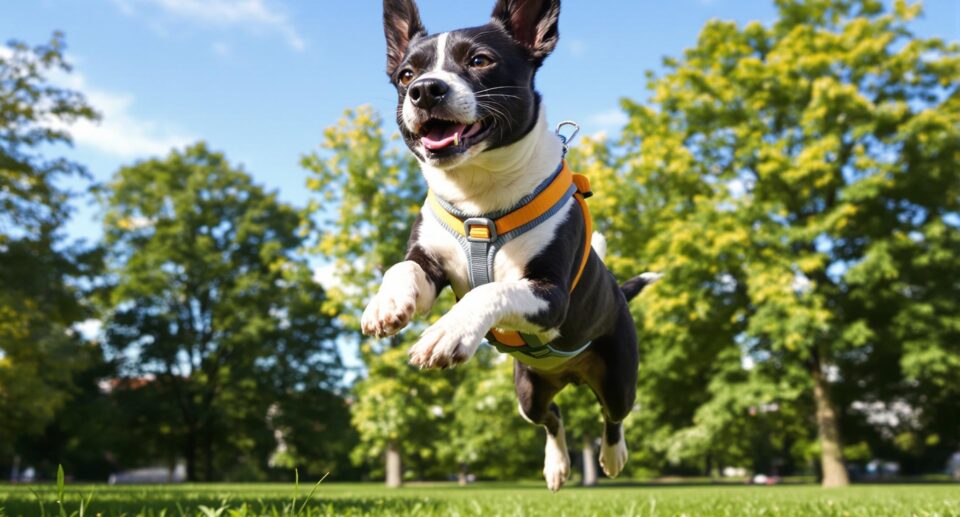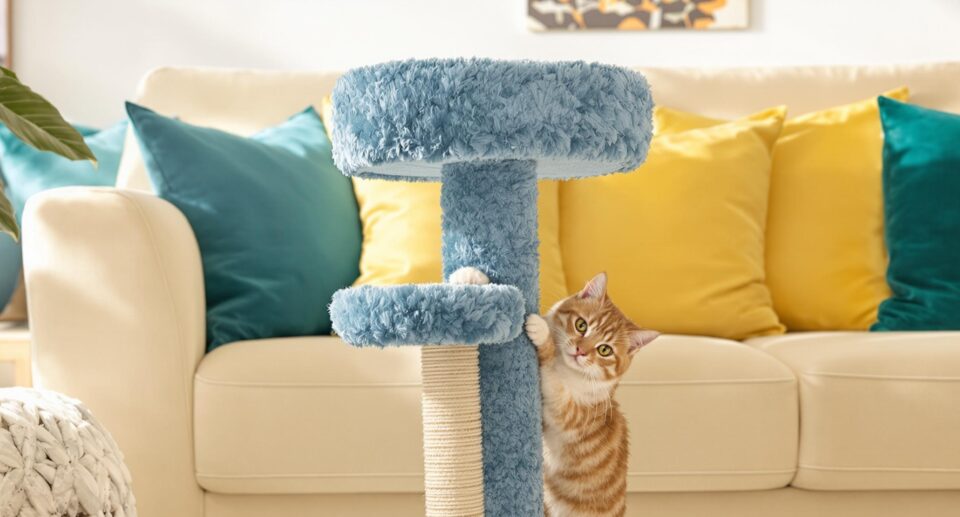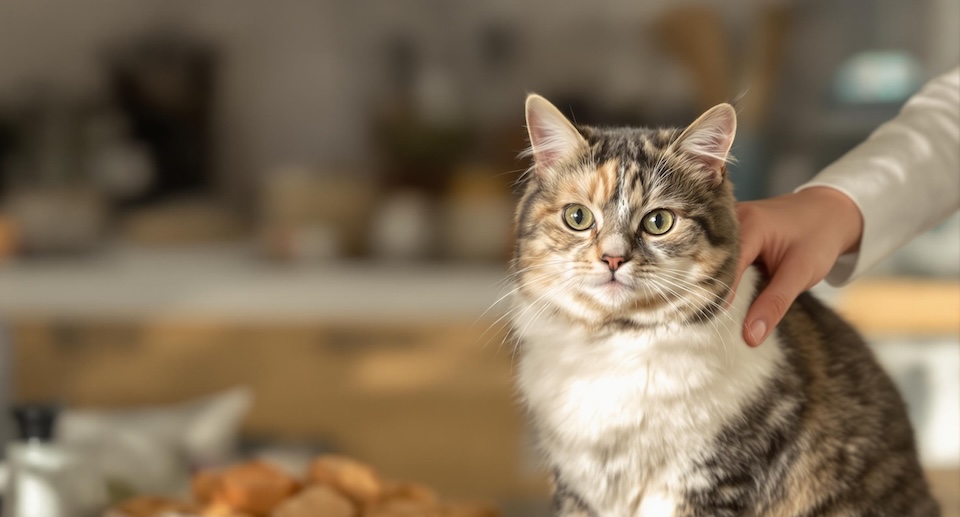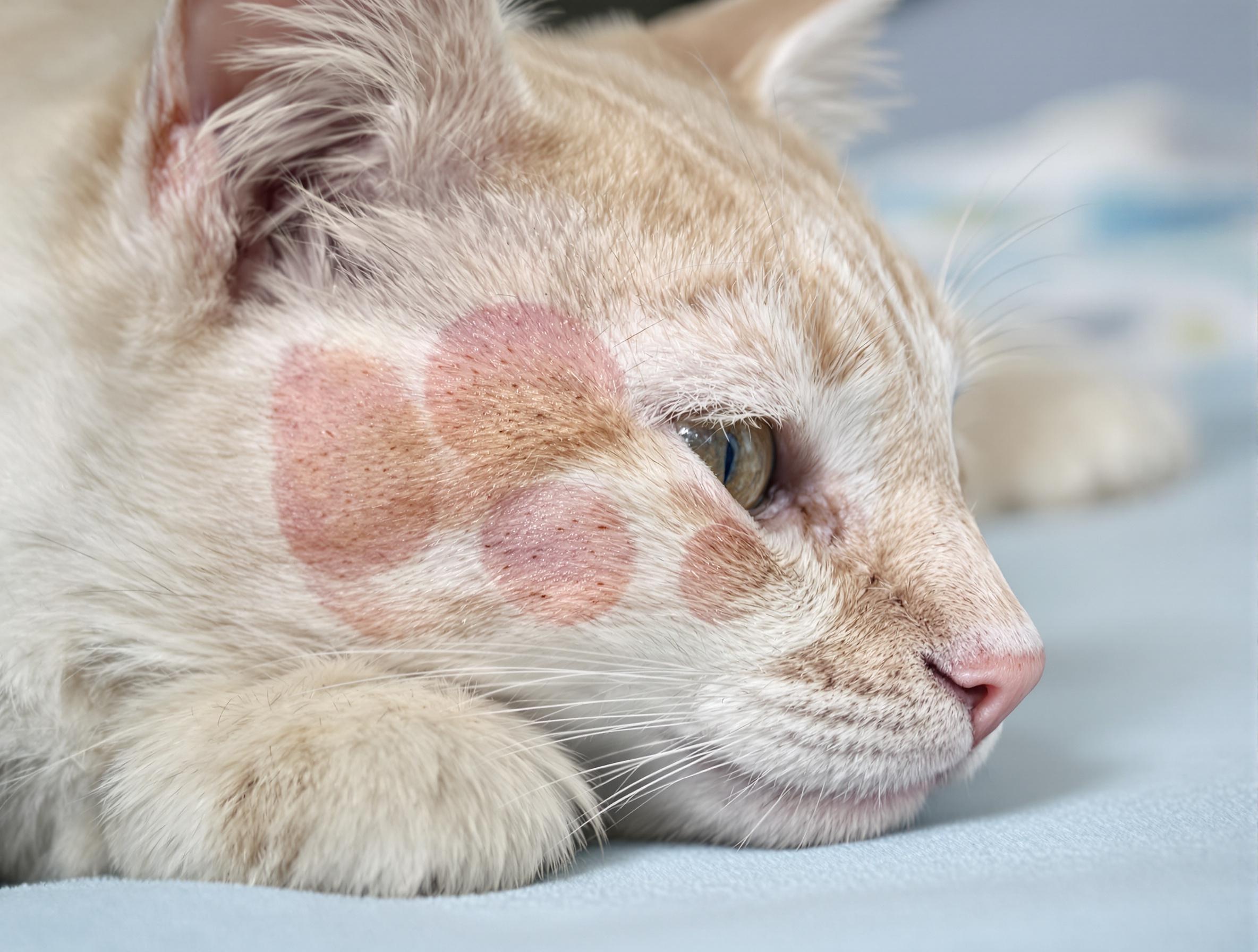Symptoms of Feline Asthma
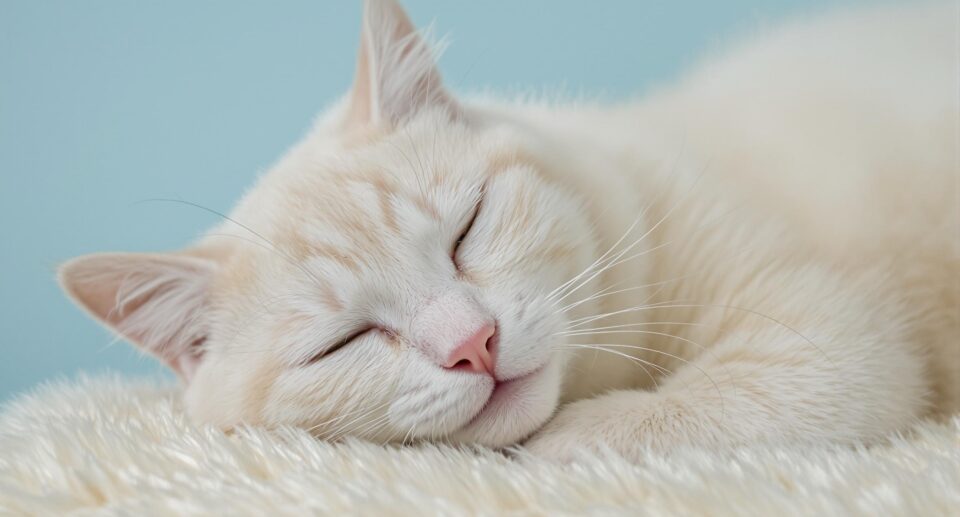
Symptoms of feline asthma
Depending upon the severity of the asthma, affected cats may experience varying degrees of labored breathing, from mild wheezing to intense choking, gagging and coughing.
Symptoms are often seen after exertion or exercise, as well as after stress. A cat will typically hunch his or her body close to the ground and extend the neck down and out during an episode.
How are cats diagnosed with asthma?
The diagnosis of asthma is often made through a combination of clinical historical symptoms and in-house veterinary testing. This may involve stool checks to rule out migrating intestinal parasites, as well as blood work, including testing for heartworm and a CBC/differential blood count.
Many asthmatic cats will have an elevation in a type of blood cell known as eosinophils. Most veterinarians will make a tentative diagnosis of asthma by observing the classic bronchial “donut” appearing airway changes on chest X-rays. A definitive diagnosis of asthma can be made by a tracheal wash or a bronchoalveolar lavage. However these latter tests require general anesthesia.

